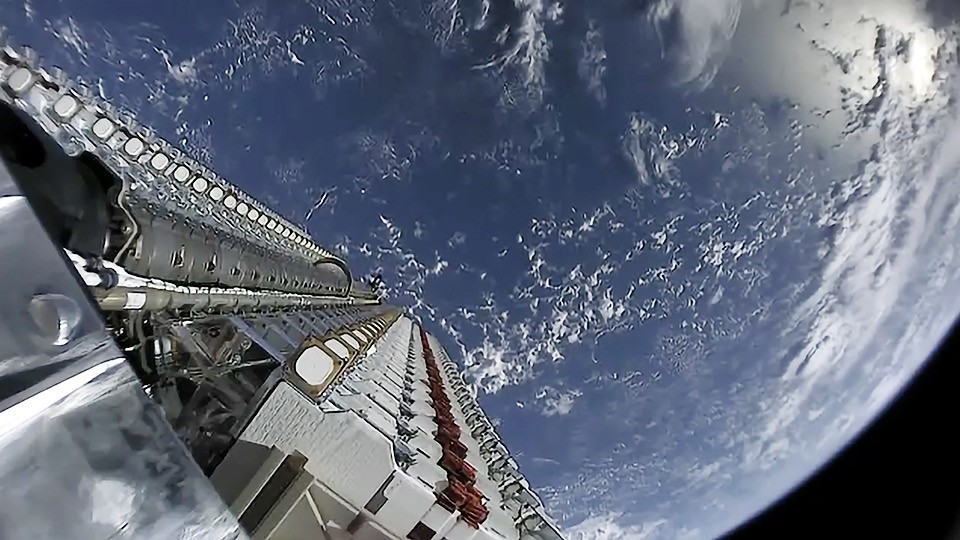The finding of Starlink satellites aimed at connecting the Earth is still far from complete. Nevertheless, SpaceX has already mentioned its desire to apply the same type of technology to the planet Mars. However, this project could be even more crucial than the one concerning our planet!
Launched in 2018, SpaceX's Starlink project has 893 satellites in low Earth orbit. Remember that the ultimate goal is to deploy at least 12,000 over the next few years, although Elon Musk would like to reach a total of 42,000. This will make it possible to offer Internet access to very high throughput to the whole planet. While this project is still in its infancy, SpaceX President and COO Gwynne Shotwell recently spoke about the planet Mars.
In an interview published by TIME magazine (see end of article), the person concerned mentioned a situation that seemed logical. According to her, once humans have colonized the red planet, they will need communication . Thus, benefiting from a constellation such as Starlink around Mars could be very useful.

Gwynne Shotwell also underlined the desire to continue the current project even if SpaceX is already thinking about its future projects concerning other planets. Above all, these projects seem motivated by the possibility that our Earth will one day become unlivable , a scenario worthy of apocalyptic science fiction films. However, the notion of societal collapse is taken seriously by many people.
"It's really about giving humanity another chance in case there's a horrible event on Earth:to move people and save humanity by allowing them to live on a second planet, a second Earth “, said Gwynne Shotwell.
While waiting for the first humans to arrive on Mars, the Starlink project is the subject of various criticisms. Many astronomers believe that the constellation is too bright and that it could interfere with their observations . We should also mention the risks of space pollution. Indeed, we recently mentioned the possibility that 3% of the satellites already present no longer work. Problems can indeed appear, for example at the level of the communication systems or the thrusters. When such problems occur, satellites unfortunately become vulgar space junk . However, space waste is a concern and is the subject of important questions.